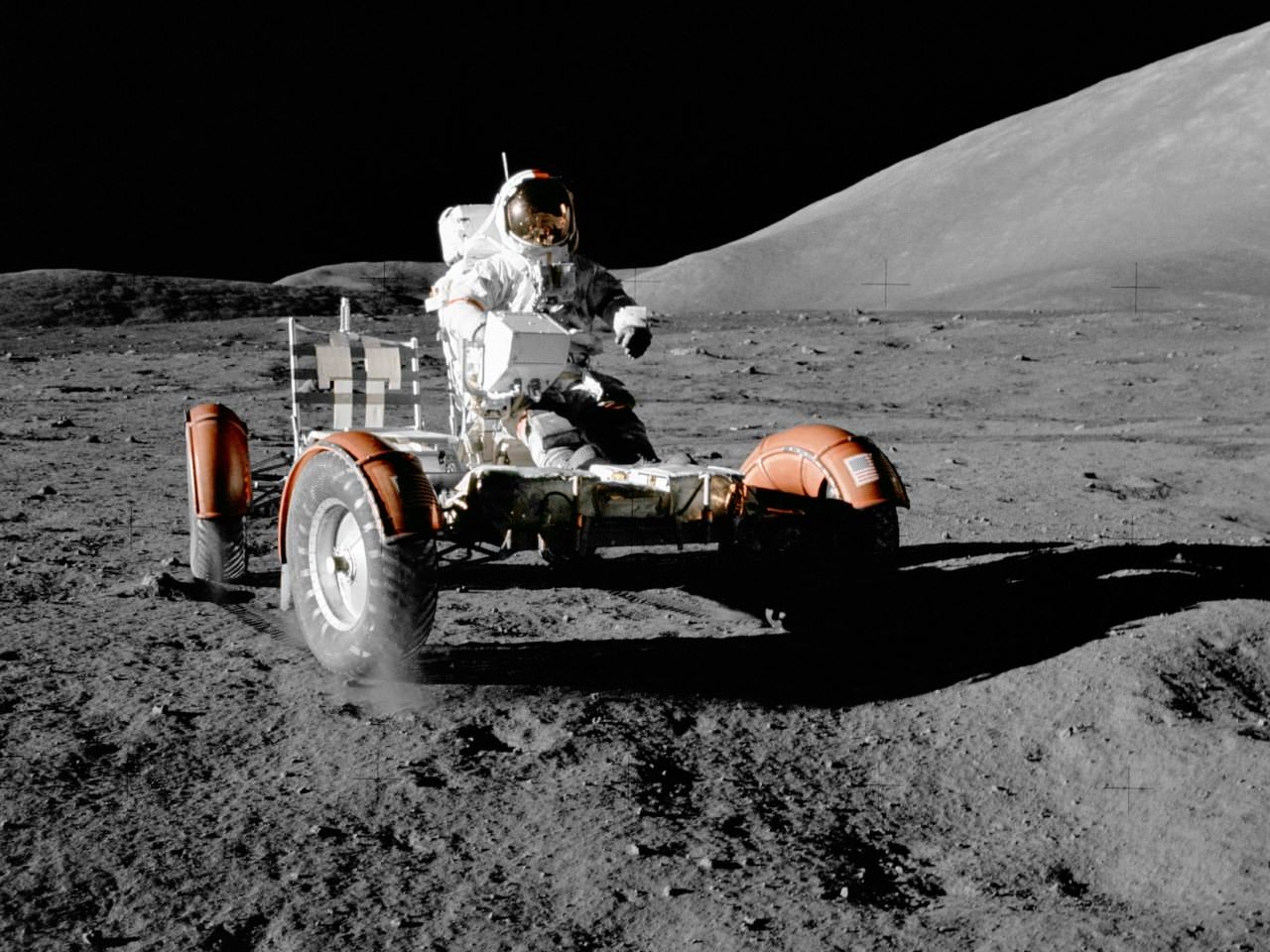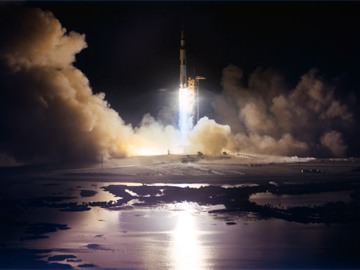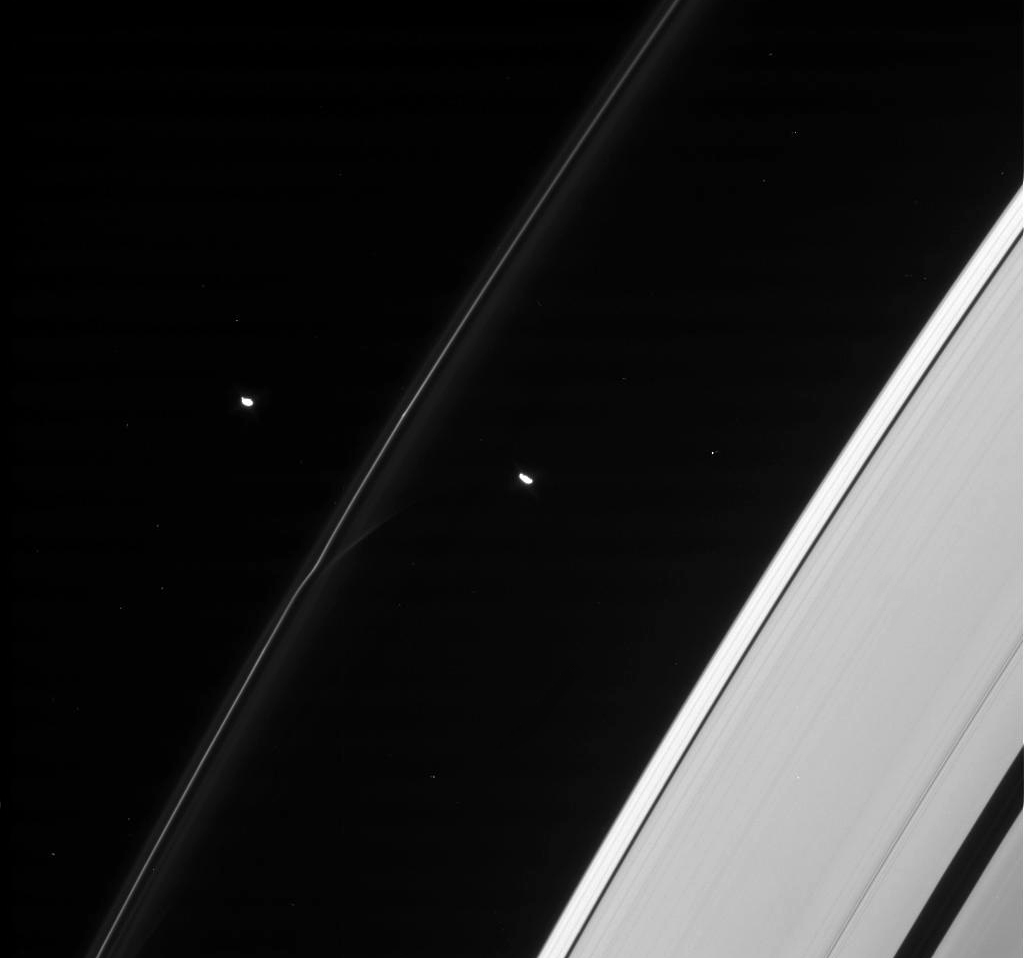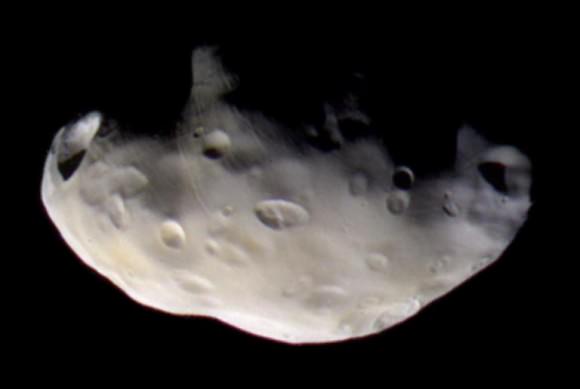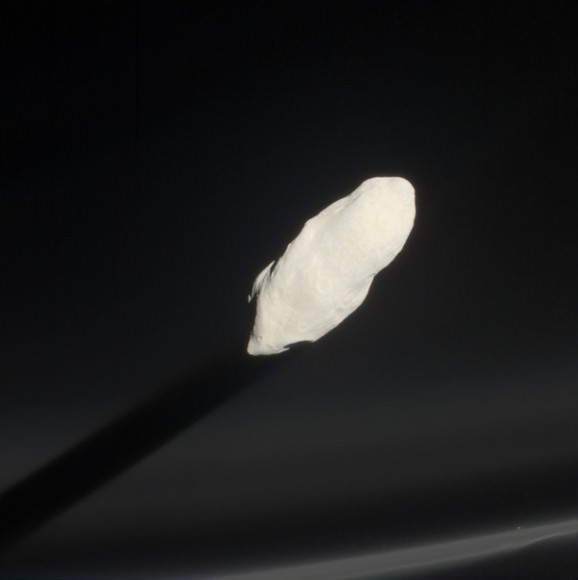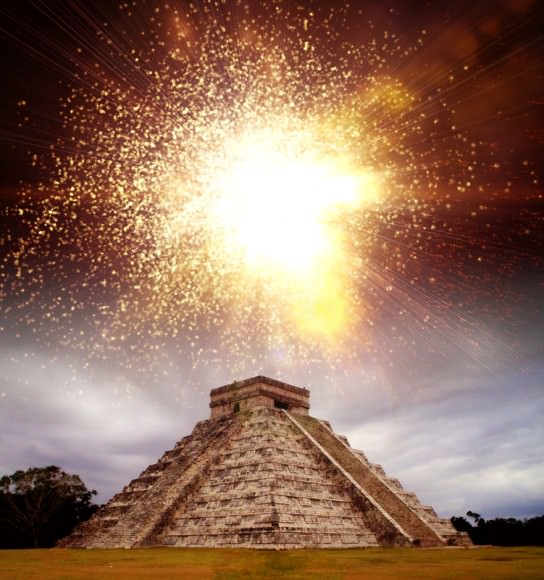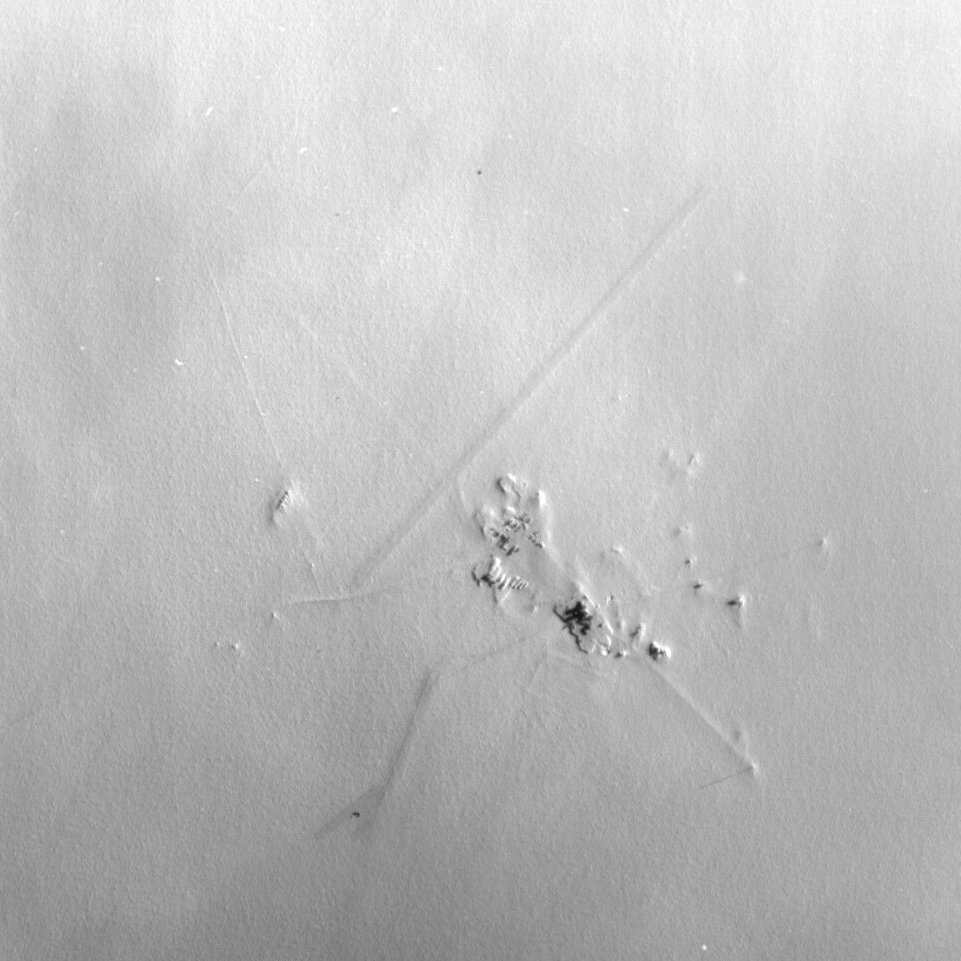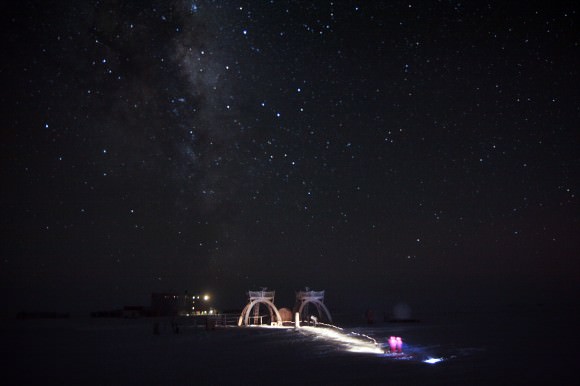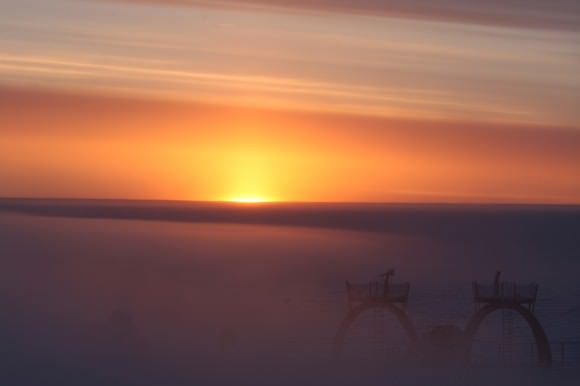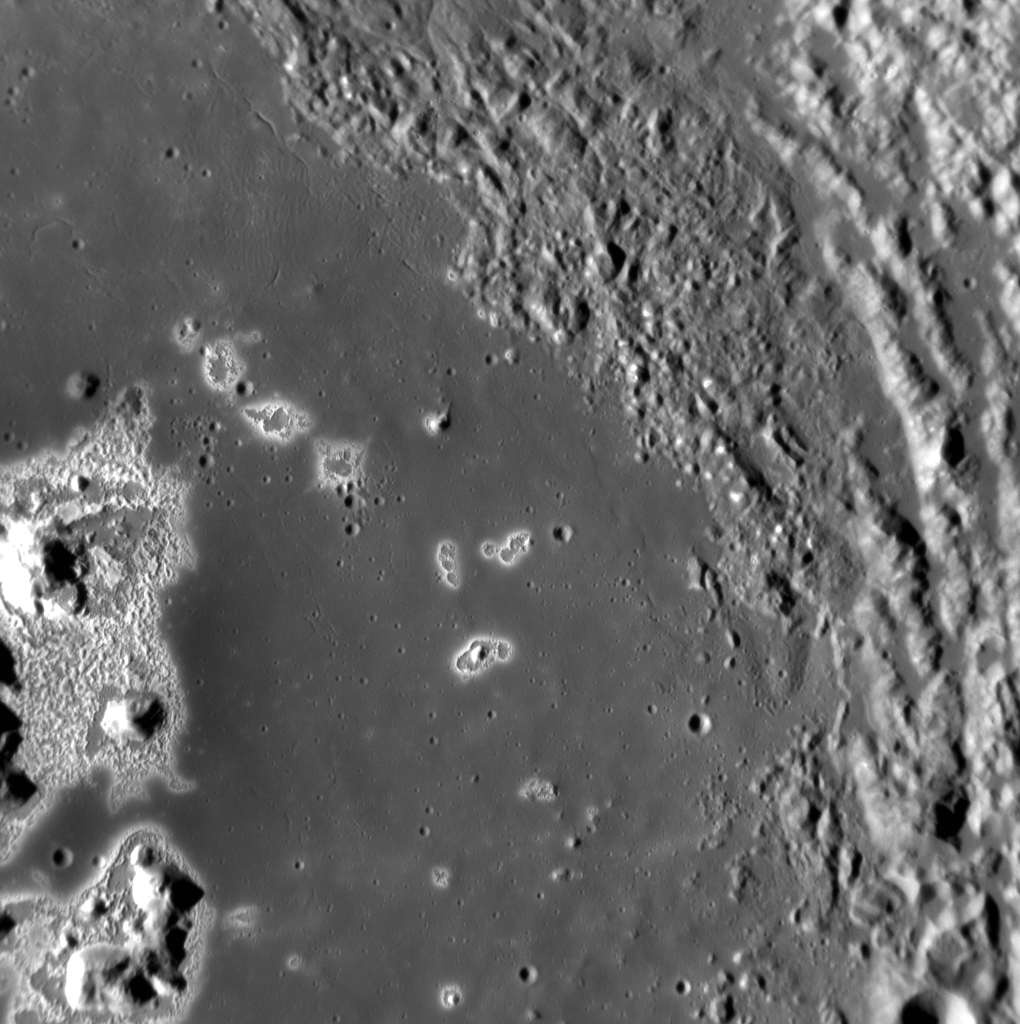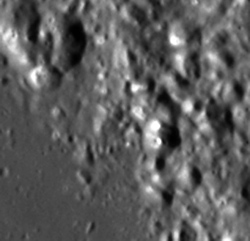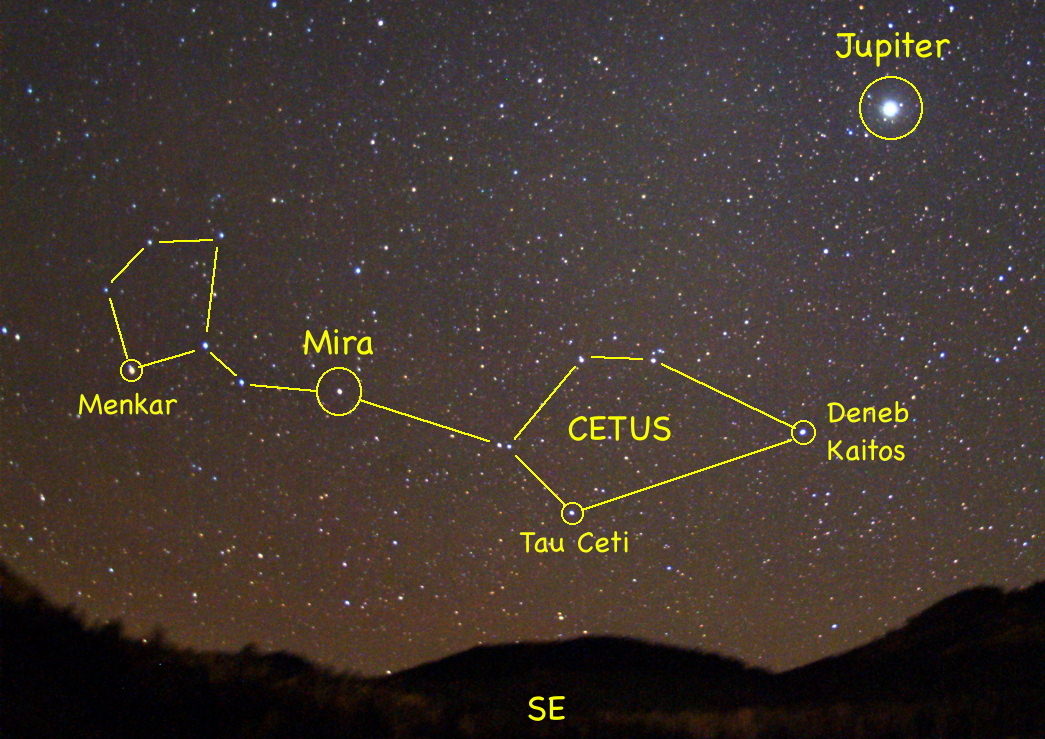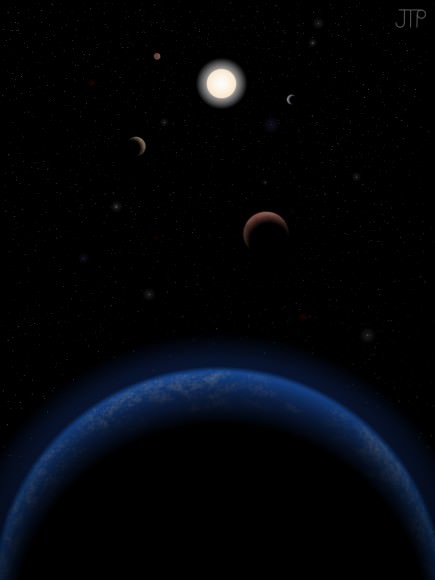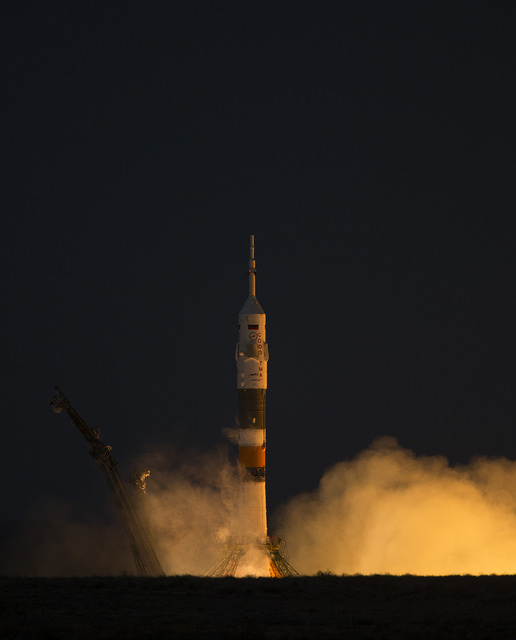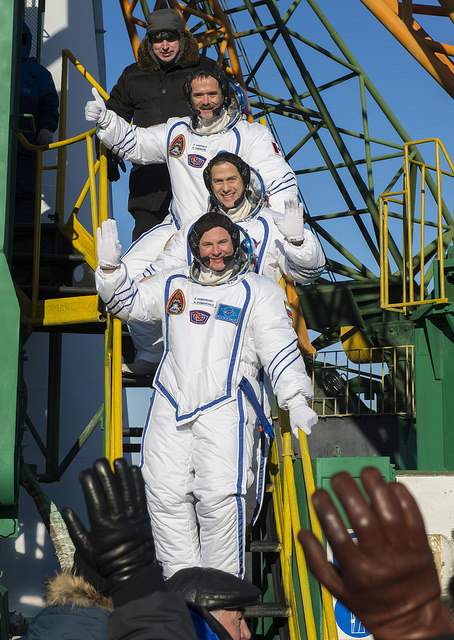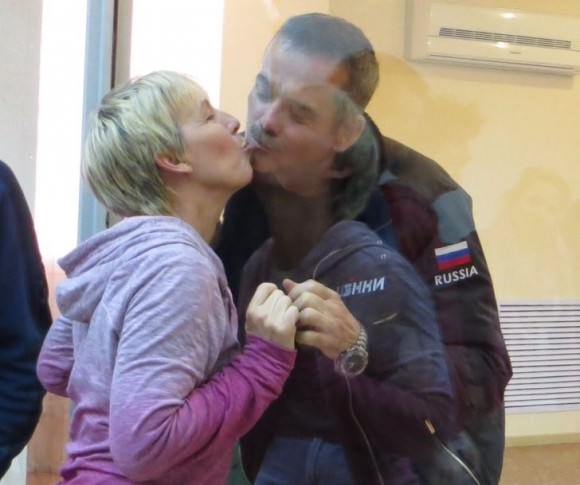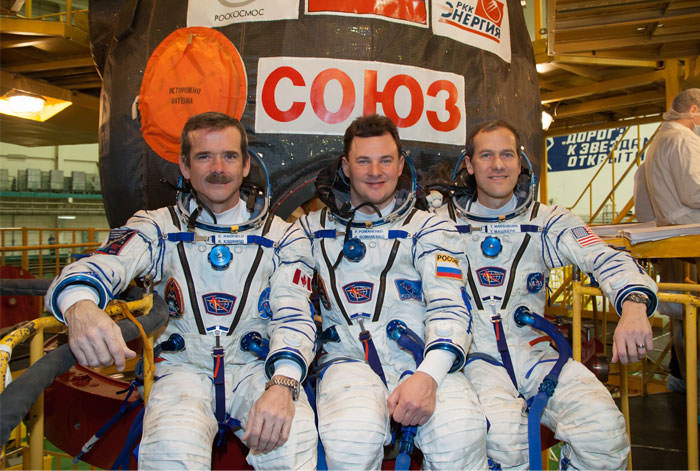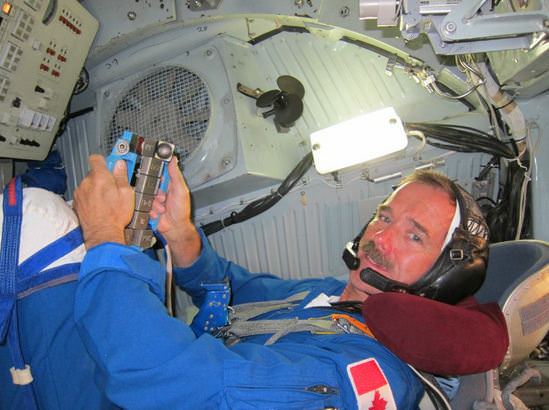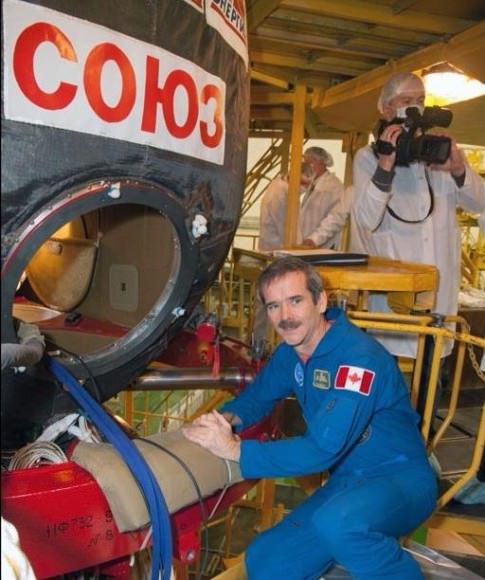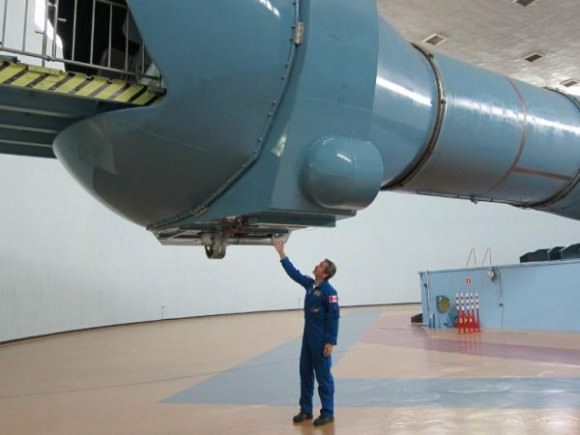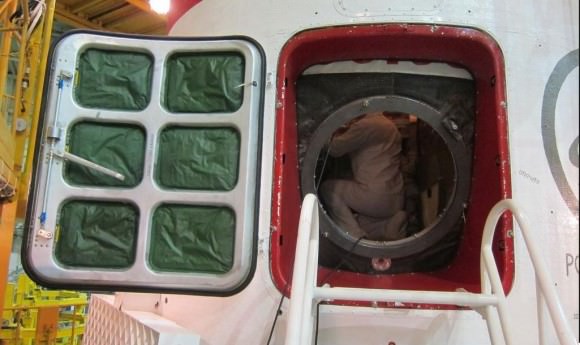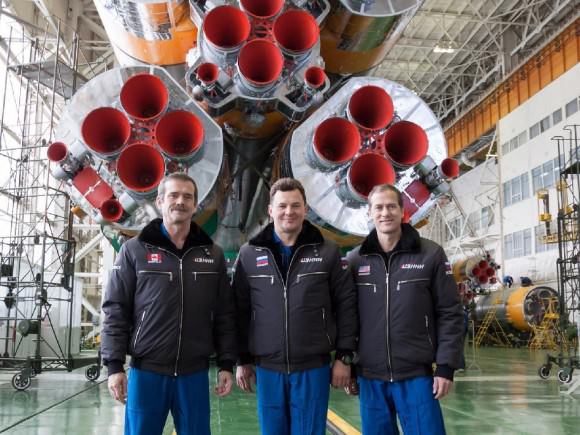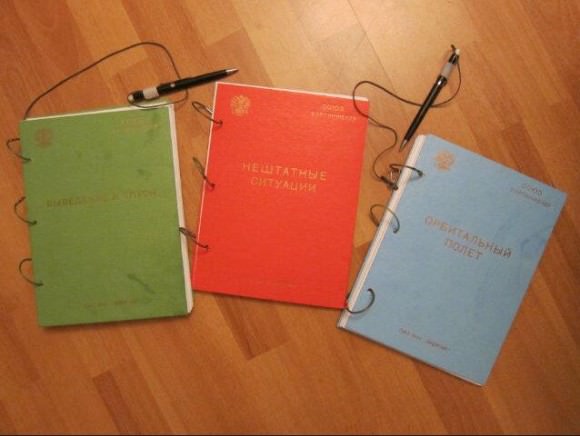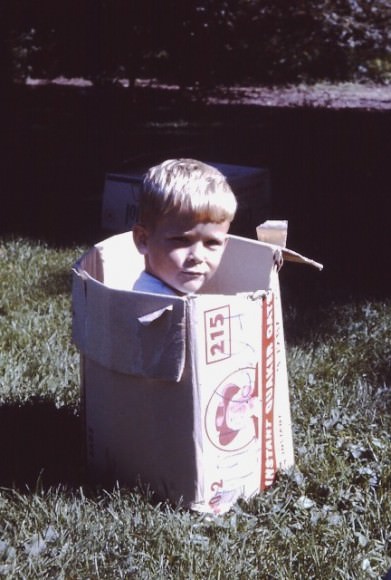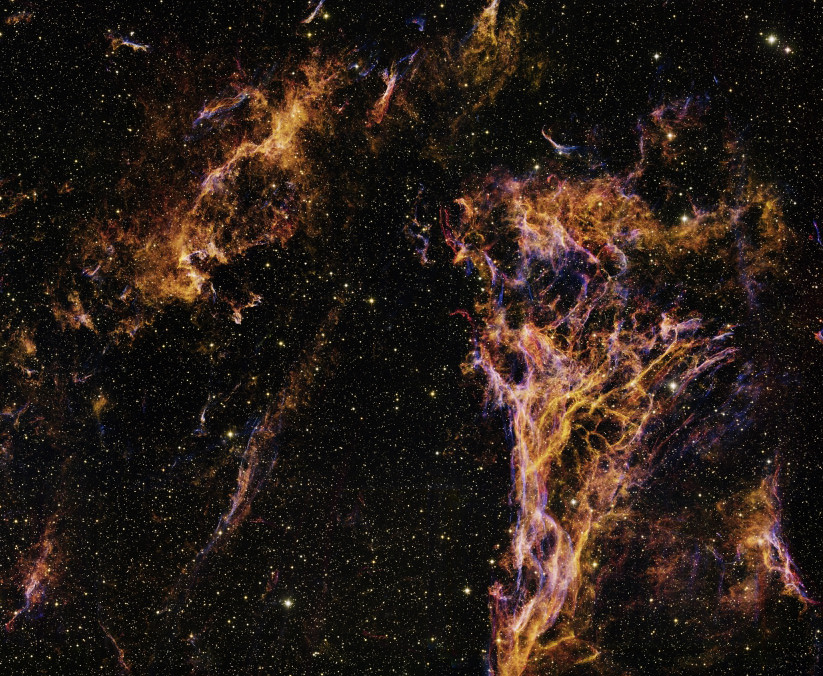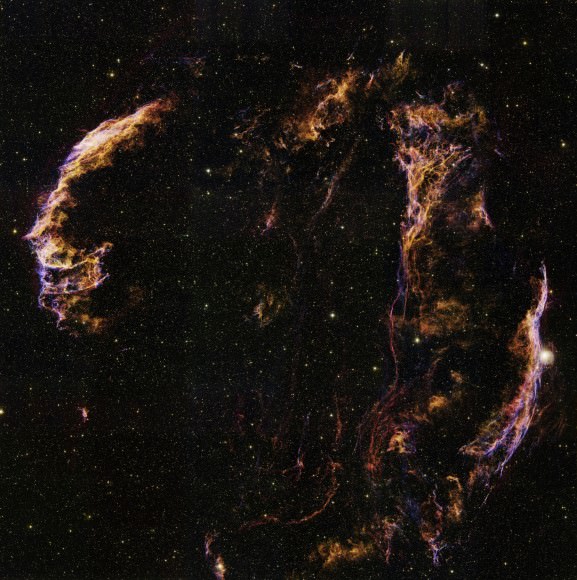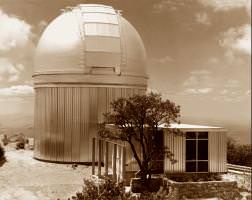40 years ago on December 19, 1972, Apollo 17 splashed down on Earth, marking the end of the manned moon missions. The astronauts came back with a treasure trove of rocks collected in 22 hours of extra-vehicular activity on the lunar surface, including “orange” soil that ended up coming from an ancient volcano.
Twitter wasn’t around back then, but anyone tuning into several Twitter accounts recently week would have a chance to experience what it could it have been like. Using mission transcripts and historical accounts of Apollo 17, these folks took it upon themselves to tweet the Apollo 17 mission, moment by moment, as “live” as possible.
Universe Today caught up with two of the tweeters. This is an edited version of what they said about the experience.
Liz Suckow (@LizMSuckow), a NASA contract archivist who tweeted on her own time
Researching a mission is divided into two parts, prelaunch and flight. For prelaunch, I use whatever official NASA documents, histories, and relevant astronaut and mission controller autobiographies I can find.
From what I’ve seen on the missions I’ve tweeted, until Apollo, no prelaunch conversation was transcribed at all. For Apollo, the last hour or so before liftoff is on the mission transcript. So, I can schedule those tweets. But, prelaunch activities for the astronauts start as long as 10 hours before liftoff. So, I use whatever resources I can to find references to the time of important events, and the rest of the prelaunch scheduling is educated guesswork. Flight is easy.
I have been trying to tweet as if I was the Johnson Space Center public affairs officer during the particular mission. When I joined Twitter in November of 2010 and was looking for accounts to follow, I came across a dead feed from JSC, I can’t remember the account name, that tweeted what had happened during a shuttle mission in real time.
Apollo 17, the only lunar mission to launch at night. Image Credit: NASA/courtesy of nasaimages.org
I thought, “Wow, that’s cool! Somebody ought to do that for the historical missions.” The celebration of the 40th anniversary of Apollo was still a big deal at NASA at the time, and the next mission up was Apollo 14. I figured someone else at NASA would have the same idea, but it was never mentioned. So, I figured I would do it on my personal account, just to see if it could be done and if anybody else (even if it was only a few people) liked the idea.
I am definitely going to be doing another one. I think the next anniversary is either Gordon Cooper‘s Mercury flight in May 2013, or the first Skylab missions. Not quite sure how I want to handle Skylab yet, may throw that one open to followers for ideas. Why do I do it? I do it because it is fun. Sometimes, I get so mentally involved the mission I get excited for what’s coming next as I am scheduling the tweets (even though I know full well what’s going to happen).
Buck Calabro (@Apollo17History), space fan who live-Tweeted along with Thomas Rubatscher
I’m live tweeting because I’m interested in Apollo. It’s a life-long interest. I myself live Tweet mostly by actually typing the tweet into HootSuite.com or Twitter.com. I have collaborated with Thomas by creating a spreadsheet of candidate tweets that he can upload into HootSuite’s bulk uploader for time-delayed tweeting.
My tweets mostly center around the command module pilot, Ron Evans. He spent three days all by himself in the CM, doing photography, mapping and other experiments. Not exactly the same sort of fame that the moonwalkers got. It’s a different kind of grit. Imagine being Evans, as AMERICA goes around the limb of the moon, completely cut off from every human being in the universe. Nothing but some fans, pumps and procedure to keep you going.
I have no plans for leveraging the Tweets. I’ll probably do another one someday. It’s a lot of work. As far as resources, I prefer source material. I have copies of the original transcripts for ground-to-air communications. The Apollo Lunar Surface Journal is a treasure trove of images and transcripts for the lunar surface portion of the mission, and the Lunar and Planetary Institute has an extensive catalog of imagery by camera magazine (which can be found in the transcripts.) NASA has scanned vast quantities of Apollo-era documentation, and the experiment results are likewise mostly available in the public domain.

